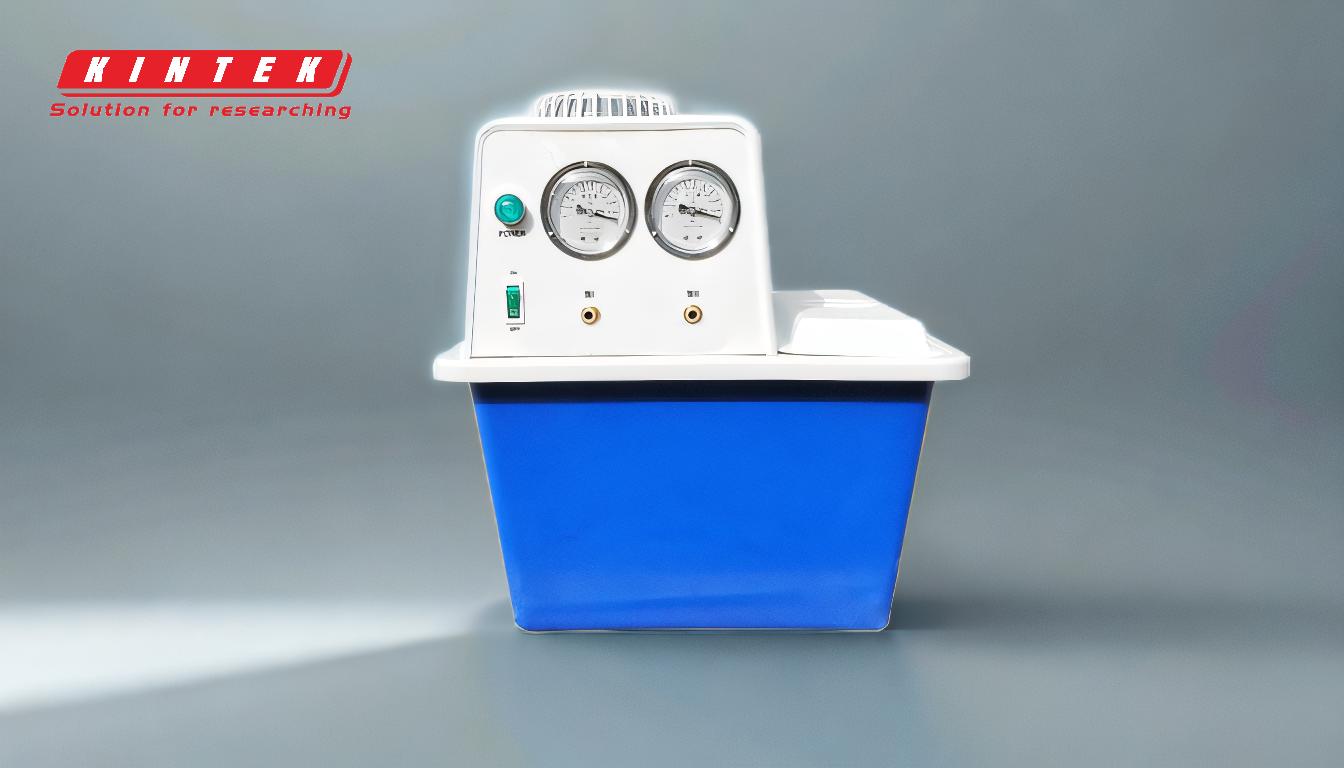Laboratory vacuum pumps are essential tools in various scientific and research applications, including filtration, distillation, drying, concentration, and evaporation. The most common types of vacuum pumps used in laboratories include rotary vane pumps, diaphragm pumps, and scroll pumps. Each type has its unique advantages, such as oil-free operation, low maintenance, or high vacuum levels, making them suitable for specific tasks. Among these, rotary vane pumps are often considered the most common due to their versatility, reliability, and ability to generate a deep vacuum. However, the choice of pump depends on the specific application and requirements of the laboratory.
Key Points Explained:

-
Applications of Laboratory Vacuum Pumps:
- Vacuum pumps are used in a wide range of laboratory tasks, including:
- Filtration and aspiration.
- Distillation and concentration.
- Drying and evaporation.
- Supporting equipment like rotary evaporators, vacuum ovens, desiccators, and mass spectrometers.
- These applications require pumps that can generate consistent and reliable vacuum levels.
- Vacuum pumps are used in a wide range of laboratory tasks, including:
-
Types of Common Laboratory Vacuum Pumps:
-
Rotary Vane Pumps:
- These are the most common type of lab vacuum pump due to their ability to generate deep vacuum levels.
- They are versatile and suitable for a wide range of applications, including filtration, distillation, and solvent recovery.
- However, they often require oil for lubrication, which can lead to contamination if not properly maintained.
-
Diaphragm Pumps:
- These are oil-free pumps, making them ideal for applications where contamination must be avoided.
- They are quieter and require less maintenance compared to rotary vane pumps.
- However, they typically generate lower vacuum levels, making them less suitable for applications requiring deep vacuum.
-
Scroll Pumps:
- These are newer oil-free pumps that offer a balance between performance and maintenance.
- They are known for their quiet operation and ability to generate moderate vacuum levels.
- They are increasingly popular in laboratories for applications like solid-phase extraction and solvent evaporation.
-
Rotary Vane Pumps:
-
Advantages and Limitations of Each Type:
-
Rotary Vane Pumps:
- Advantages: Deep vacuum levels, high reliability, and versatility.
- Limitations: Requires oil, which can lead to contamination and higher maintenance.
-
Diaphragm Pumps:
- Advantages: Oil-free operation, low maintenance, and quiet operation.
- Limitations: Lower vacuum levels, making them less suitable for some applications.
-
Scroll Pumps:
- Advantages: Oil-free operation, moderate vacuum levels, and low noise.
- Limitations: Higher initial cost compared to other types.
-
Rotary Vane Pumps:
-
Choosing the Right Pump for Your Lab:
- Consider the specific application and required vacuum level.
- Evaluate the need for oil-free operation to avoid contamination.
- Factor in maintenance requirements and operational noise levels.
- Assess the initial and long-term costs of the pump.
-
Emerging Trends in Laboratory Vacuum Pumps:
- Increasing demand for oil-free pumps to minimize contamination risks.
- Growing preference for quieter and more energy-efficient pumps.
- Adoption of advanced technologies like scroll pumps for improved performance and reliability.
In summary, while rotary vane pumps remain the most common type of laboratory vacuum pump due to their versatility and deep vacuum capabilities, diaphragm and scroll pumps are gaining popularity for their oil-free operation and low maintenance. The choice of pump ultimately depends on the specific needs and applications of the laboratory.
Summary Table:
| Type | Advantages | Limitations |
|---|---|---|
| Rotary Vane | Deep vacuum, high reliability, versatile | Requires oil, higher maintenance |
| Diaphragm | Oil-free, low maintenance, quiet | Lower vacuum levels |
| Scroll | Oil-free, moderate vacuum, low noise | Higher initial cost |
Need help selecting the perfect vacuum pump for your lab? Contact our experts today!








